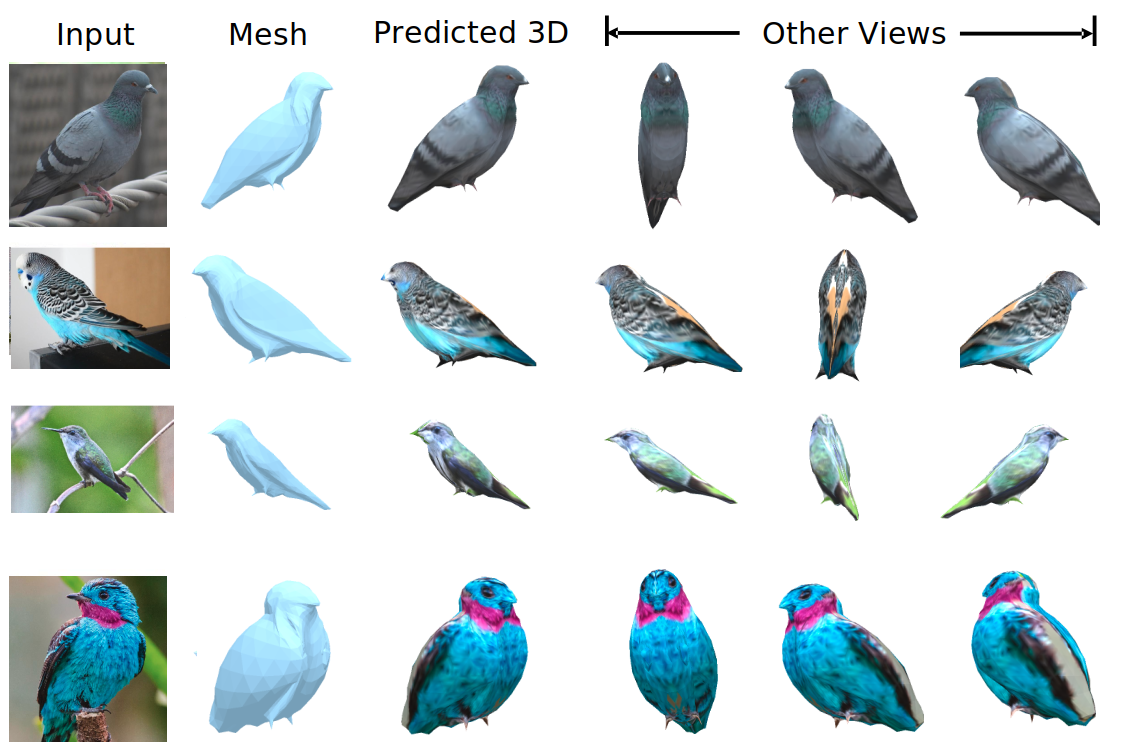Fisher Information Loss
This repository contains code that can be used to reproduce the experimental results presented in the paper:
Awni Hannun, Chuan Guo and Laurens van der Maaten. Measuring Data Leakage in Machine-Learning Models with Fisher Information. arXiv 2102.11673, 2021.
Installation
The code requires Python 3.7+, PyTorch 1.7.1+, and torchvision 0.8.2+.
Create an Anaconda environment and install the dependencies:
conda create --name fil
conda activate fil
conda install -c pytorch pytorch torchvision
pip install gitpython
Usage
The script fisher_information.py computes the per-example FIL for the given dataset and model. An example run is:
python fisher_information.py \
--dataset mnist \
--model least_squares
To see usage options for the script run:
python fisher_information.py --help
Other scripts in the repository are:
reweighted.py: Run the iteratively reweighted Fisher information loss (IRFIL) algorithm.model_inversion.py: Attribute inversion experiments for a non-private model.private_model_inversion.py: Attribute inversion experiments for a private model.test_jacobians.py: Unit tests.
To run the full set of experiments in the accompanying paper:
cd scripts/ && ./run_experiments.sh
Citing this Repository
If you use the code in this repository, please cite the following paper:
@article{hannun2021fil,
title={Measuring Data Leakage in Machine-Learning Models with Fisher
Information},
author={Hannun, Awni and Guo, Chuan and van der Maaten, Laurens},
journal={arXiv preprint arXiv:2102.11673},
year={2021}
}
License
This code is released under a CC-BY-NC 4.0 license. Please see the LICENSE file for more information.
Please review Facebook Open Source Terms of Use and Privacy Policy.

![A repository that shares tuning results of trained models generated by TensorFlow / Keras. Post-training quantization (Weight Quantization, Integer Quantization, Full Integer Quantization, Float16 Quantization), Quantization-aware training. TensorFlow Lite. OpenVINO. CoreML. TensorFlow.js. TF-TRT. MediaPipe. ONNX. [.tflite,.h5,.pb,saved_model,tfjs,tftrt,mlmodel,.xml/.bin, .onnx]](https://user-images.githubusercontent.com/33194443/104581604-2592cb00-56a2-11eb-9610-5eaa0afb6e1f.png)